

Traditional pipeline inspections are slow, expensive and labour-intensive. If the pipe is elevated they can be dangerous with a lot of working at height involved. Our team has extensive experience in using drones for pipeline and pipe rack inspection and monitoring, and we have helped numerous clients across various industries to optimize their inspection and maintenance programs. Whether you need routine inspections or emergency assessments, we have the expertise to deliver comprehensive and accurate results.
We provide routine inspections of pipelines and pipe racks to identify potential issues before they become major problems. Our drone inspections capture high-resolution images and data that enable us to assess the condition of pipes, identify leaks and other defects, and recommend appropriate maintenance measures.

In the event of a pipeline failure or other emergency, we provide rapid response drone inspections to assess the damage and determine the cause of the problem. Our emergency assessments enable us to quickly identify the extent of the damage, prioritize repairs, and minimize downtime.

Drone inspections are environmentally friendly, as they do not require the use of heavy equipment or the disruption of natural habitats. They also reduce the carbon footprint of inspections by minimizing the need for travel and transportation. They have a minimal impact on the environment and do not cause damage to sensitive ecosystems.

Our team of experts analyzes the data collected by our drones and provides comprehensive reports and recommendations based on our findings. Our reports include detailed information on the condition of pipes, potential issues, and recommended maintenance measures.

As licensed engineers, we also provide the expertise, understanding, and knowledge necessary to carry out a thorough inspection, with deliverables to match. Our skilled engineers are at the ready.
The Irish Aviation Authority has awarded Engineers with Drones full approval in accordance with the most recent European-wide EASA regulations.
To ensure that you always get the best possible service and cutting-edge deliverables, we purchase the most up-to-date drone technology as soon as it's available.
The operation of Engineers With Drones is governed by a comprehensive HSSE system. Our guiding principles are to reduce risk through rigorous assessment, and to maintain a high level of staff education and training.
We have 6.5 million in public and product liability insurance, and 13 million in employers' liability insurance. Engineers with Drones are fully insured to fly wherever you need.
As we're situated in Ireland, we can respond to your needs quickly, with zero travel complications.
As seasoned engineers in the field, we are aware of the trouble that shoddy reports and deliverables can create. For this reason, we provide you with exactly what you require.
Thanks to our fast turnaround times, your entire project can be completed in a fraction of the time of traditional methods, without any compromise in the quality of your deliverables.
In addition to quadrupling the resolution of an HD camera, 4K also gives you quicker frame rates, incredible contrast variations, and expanded colours. VR video takes the level of immersion and clarity to the next level.








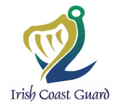










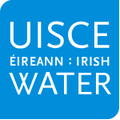

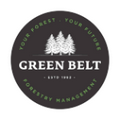





















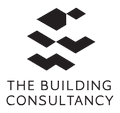































































































































The safety of your personnel and our own is paramount, and we place it at the forefront of our company culture. Ask us about our HSSE systems and practices.
Drones aren't just for flying up in the sky. Our specialist drones can fly into confined spaces like chimneys and boilers to look for issues that would otherwise be inaccessible.
Downtime is expensive, unpopular and inconvenient. Using a drone, our engineers can conduct a thorough survey with little to no downtime.
Drone technology is cheaper, safer and more reliable than traditional methods such as scaffolding, cherry-pickers and ropes. It's also quicker and less labour-intensive. We will bring everything we need and be out of your way that same day.
Drone inspections take up less of your manhours and resources than traditional inspections, giving you a faster and more budget-friendly return on your investment.
We understand that you need answers fast. We can deliver a plain-English report with clear-cut conclusions in days. Then, you can take the steps you need to and get back to doing what you do best.
Need us there in a hurry? No problem. Let us know what you need, and we can be there on the same day. After all, sometimes the problem just won't wait.
Sometimes the brief can change even in real-time. If need be, you can be stood there right next to the drone operator, directing them as the situation develops.
Aerial drone inspections and surveys give you fast, safe and easy access to pipeline installations. The pipework does not need to be disturbed during the drone inspection. The work is carried out by our fully trained and certified pilots. We will produce a visual inspection report using drones equipped with advanced HD cameras and thermal imaging technology, giving our clients valuable insights into the pipe work condition. These insights enable you to make calculated decisions regarding maintenance, daily operations and repairs. This in turn will limit downtime in production.

Improve the quality and detail of your inspection by using our services. Engineers With Drones can provide pipe rack inspections at heights and provide vantage points impossible to capture any other way. Hundreds of pictures allow you to analyse the status of your assets more accurately than traditional inspections, without putting employees or the inspection team at risk.
Overall, the use of drones for pipe leak detection offers several advantages, including increased safety, efficiency, and accuracy, as well as the ability to cover large areas quickly and access hard-to-reach locations. Drones can be used for pipe leak detection in the following ways:
Drones equipped with thermal cameras can detect changes in temperature caused by leaks in pipelines. The thermal camera detects the difference in temperature between the pipeline and its surroundings, enabling the drone operator to pinpoint the location of the leak.
Drones can also be equipped with gas sensors to detect leaks in pipelines that carry gases such as methane. The sensors can detect the concentration of gas in the air, allowing the operator to identify the location of the leak.
Drones can capture high-resolution images and video of pipelines and their surroundings, which can be analyzed for signs of leaks such as wet spots or discoloration. The images can also be used to identify areas where vegetation is dying due to leaks.
Drones can create 3D models of pipelines and their surroundings using photogrammetry. These models can be used to identify areas where the pipeline is sagging or has shifted, which may indicate a leak.
Drones can be equipped with acoustic sensors that can detect the sound of leaks. The sensors can pick up the sound of gas or liquid escaping from the pipeline, allowing the operator to identify the location of the leak.
We offer ongoing monitoring of pipelines and pipe racks using drones equipped with advanced sensors and analytics software. Our monitoring services provide real-time data on the condition of pipes, enabling proactive maintenance and reducing the risk of failure.
Using drones for pipeline and pipe rack inspection and monitoring offers several benefits over traditional methods. Here are some of the key advantages:
Drone inspection is more cost-effective than traditional methods, which can involve extensive scaffolding, cranes, and other heavy equipment. Drone inspections require minimal setup and can be completed quickly, reducing the need for costly downtime.
Drone inspections eliminate the need for workers to access high-risk areas, reducing the risk of accidents and injuries. Drone inspections also minimize the need for shutdowns or other disruptions, ensuring the safety of workers and the public.
Drones are equipped with high-resolution cameras and other sensors that capture detailed images and data, enabling precise inspections and assessments. Our team of experts analyzes the data collected by the drones and provides comprehensive reports and recommendations based on our findings.
Drone inspections can cover large areas quickly and efficiently, reducing the time and resources needed for inspections. This allows for more frequent inspections, leading to more proactive maintenance and a longer lifespan for pipelines and pipe racks.
Drones can be fitted with various types of sensors and cameras to perform different types of inspections, including thermal imaging, gas detection, and 3D mapping. This versatility allows inspectors to detect potential problems that may not be visible to the naked eye.
Drones can collect large amounts of data during inspections, which can be analyzed using advanced software and tools to identify trends and patterns. This helps inspectors make informed decisions about maintenance and repair needs, and can also help prevent future problems by identifying areas that may require increased monitoring.
We use the latest drone technology and analytics software to provide real-time data and insights, enabling proactive maintenance and reducing the risk of failure. We are also committed to safety, ensuring that our drone inspections are conducted in compliance with all relevant regulations and guidelines. Contact us today to learn more about our drone inspection services for pipelines and pipe racks and to request a quote. Let Engineers With Drones help you optimize your maintenance program and ensure the safety and longevity of your assets.
We purchase the latest drones as they come on the market to ensure you are getting the highest quality service from us at all times. Here is a quick look at what we would be most likely to use for a typical drone drone pipeline inspection.

The M300 RTK by DJI is the premier enterprise-level inspection drone on the market. With a flight time of up to 55 minutes, lots of built-in redundancy, and a host of payloads to choose from, this is our go-to UAV for inspection work. When coupled with the Zenmuse H20T camera, it is capable of safely inspecting high-value assets at a stand-off range.

The confined space master: The Stereo 2 by Multinnov is the cutting-edge in confined space and indoor inspection drone technology. Eliminating the need to send personnel into hazardous locations, the Multinnov Stereo 2 can be deployed at a fraction of the cost, and with zero downtime. This is a drone designed from the ground up to get into restrictive and hard-to-reach places.
Read more...
Read more...
Read more...
Read more...
Read more...
Read more...
Read more...
We take emails, phone calls, messages, everything! If you are unsure of what's possible we are happy to advise, the most important thing is to get in touch. We'll be happy to answer any questions you may have.
With drones, it's best to begin where you want to end up. What sort of deliverable would you like when it's all finished? If you are not sure then we can advise. We can look at what you would like and work backwards from there.
Once we have agreed on what is to be done, the scope of work is set and a price is agreed upon. We feel it is vital that everyone knows what they are getting and what they are paying for it. There should be no confusion.
Once we have confirmation you are happy to proceed, we start the ball rolling. We organise things like RAMS, site permits, Air Traffic Control clearance and much more. Basically, we generate everything needed to turn up on-site with all our ducks in a row.
Next, we do the work on site. We have the gear, we have the know-how, so now it's time to get the job done. This can sometimes be affected by the weather, but for the most part, we get the job done on the date specified.
This is where we take what we generated in the field and turn it into a final deliverable for you. This can be anything from the raw data itself, to fully processed Orthophotos, condition reports, CAD line work or thermal imagery.
The final step is the handover of the deliverables. We tend to use a cloud-based service, so you can access your data anywhere. We can also tie into your existing systems if that is more convenient.
Our drones (and our people) can offer a lot more than just HD images. Our team all come from specialist engineering backgrounds, and they use all the very latest drone technologies and capabilities to deliver expert analysis on all types of commercial, civil and industrial assets. If you need an engineer's expertise, next-generation drone technology and industry-leading deliverables, then you've come to the right place.
Capture high-quality imagery of your assets from never before seen vantage points.
Find out moreDetect abnormalities within your assets that are otherwise invisible to the naked eye.
Find out moreCapture a high-resolution, photorealistic 3D model of your terrain, accurate to the finest details.
Find out more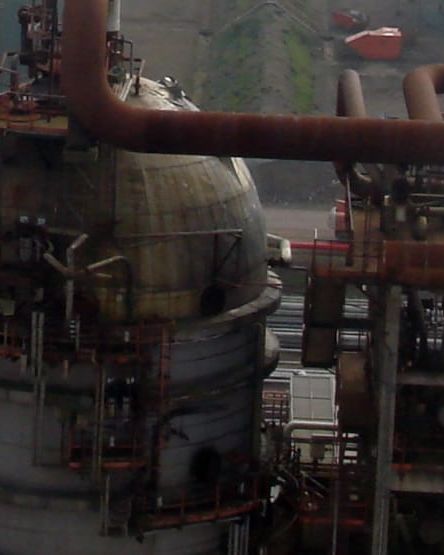
Fast, actionable data without the risks of traditional inspections
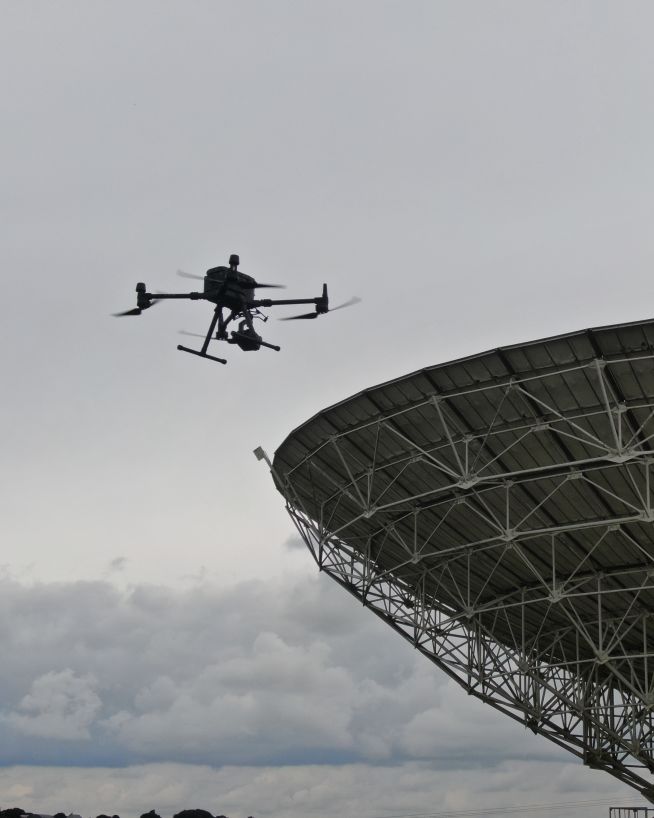
Get critical data on cell and telecommunication infrastructure
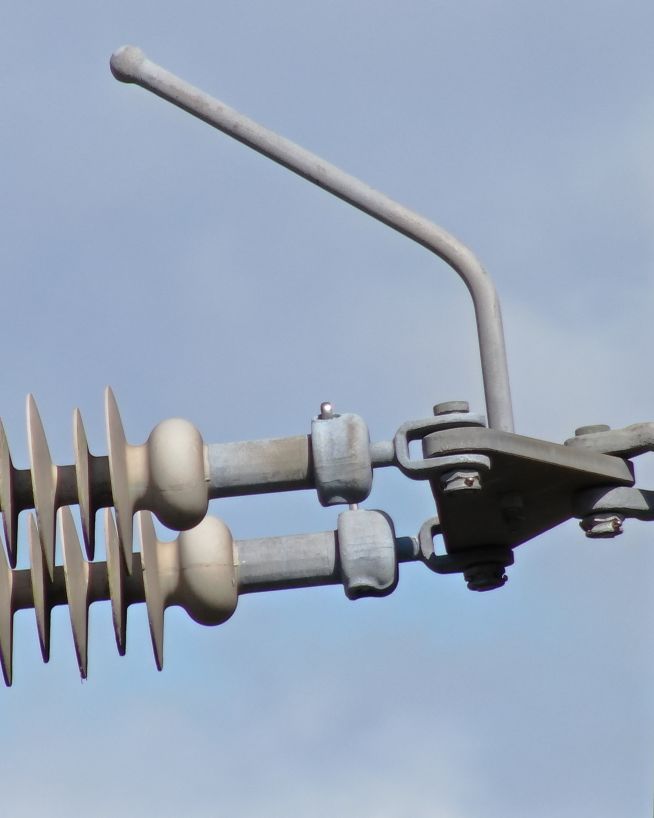
Instantly usable data via a safer and more cost-effective process
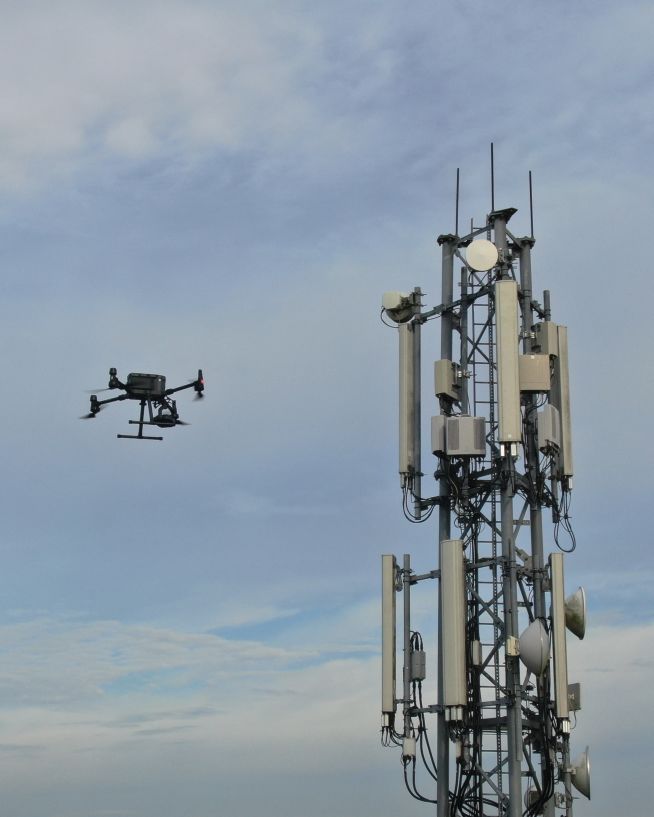
Reduced risk, damage to towers and delays

Accurate, safe and instantly actionable data collection
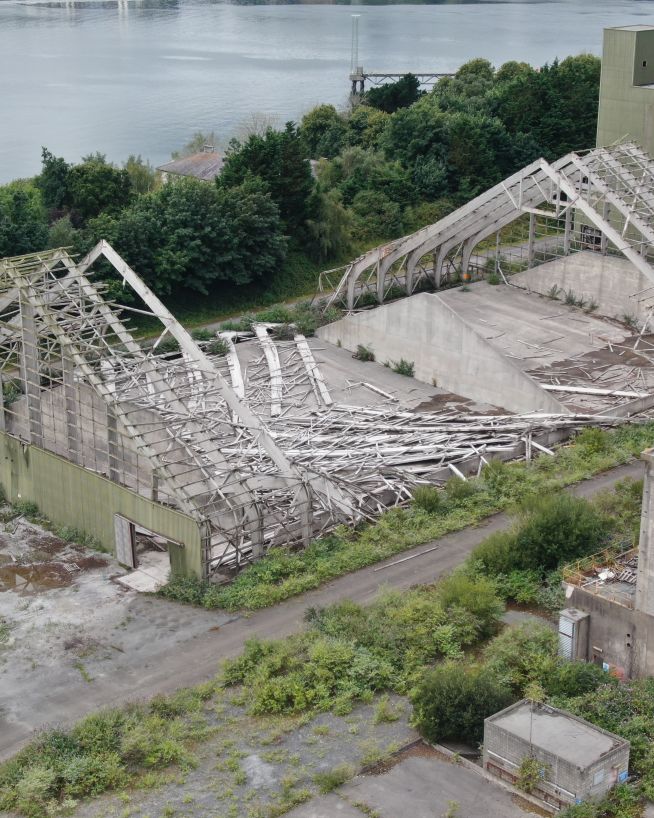
Assess damage quickly and with pinpoint accuracy
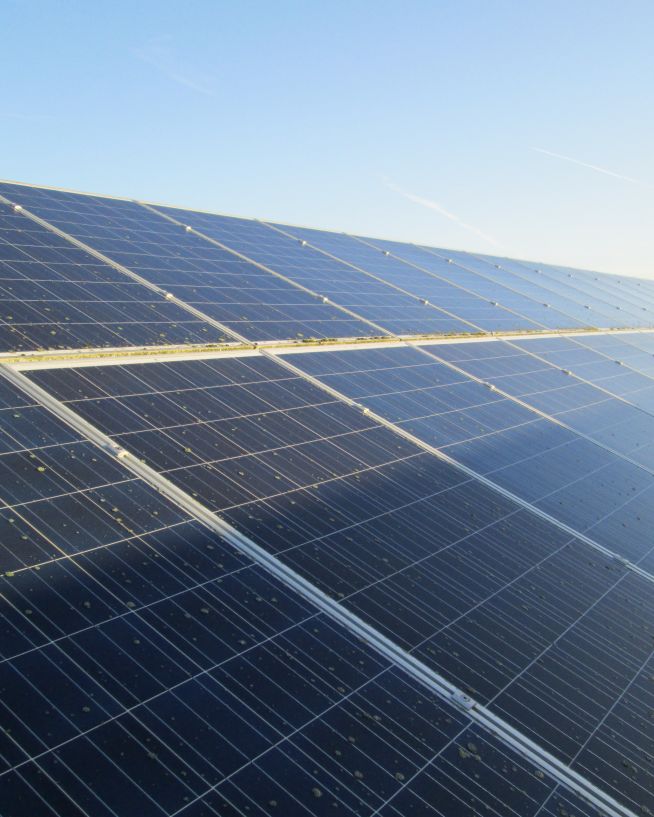
Get actionable data on quality and operational health
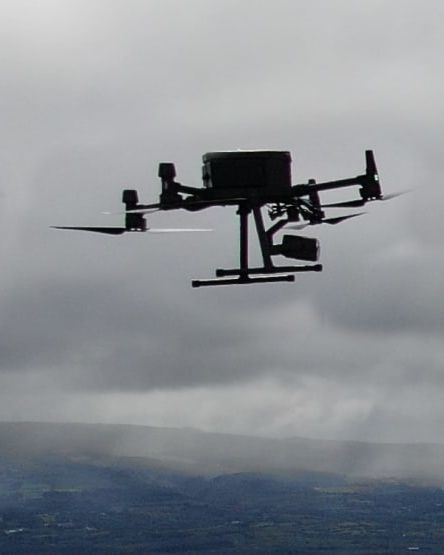
A more cost- and time-effective way to receive critical data
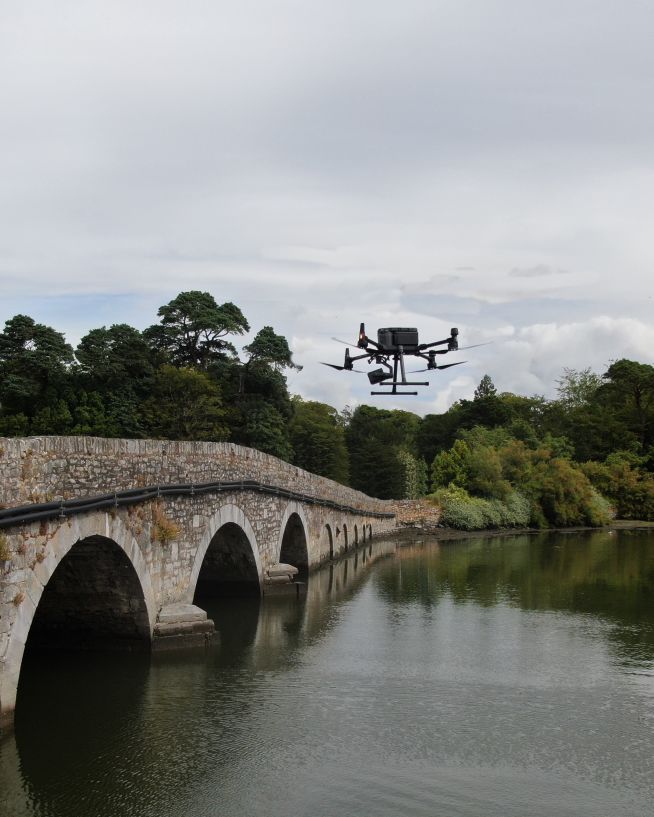
Safer, more cost-efficient, with less downtime
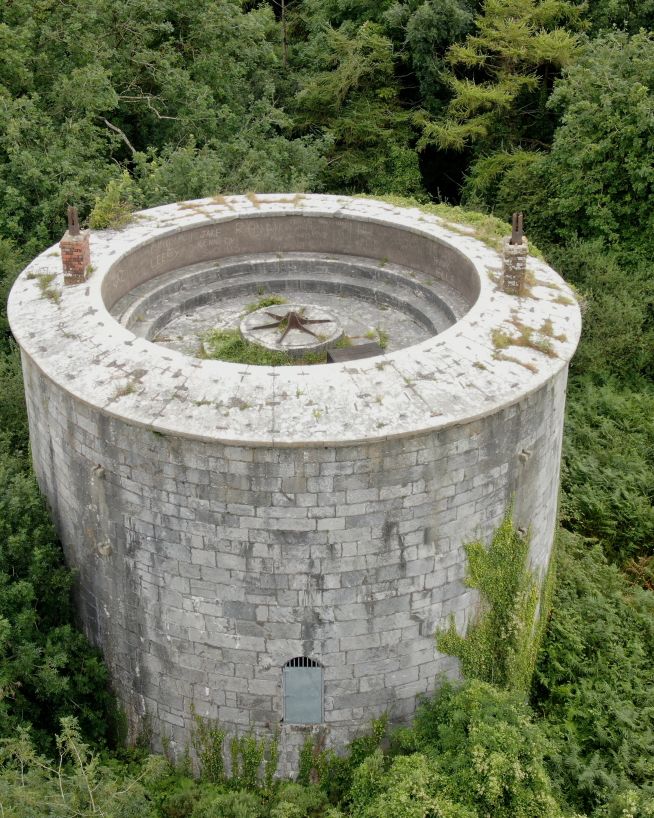
Analyse historical buildings without risk to people or property
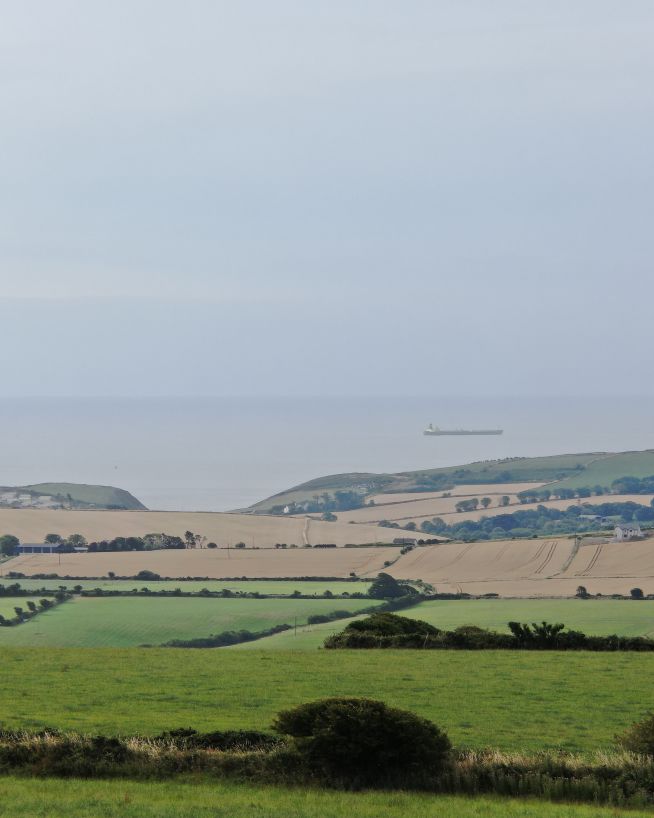
Endless perspectives, without manned aircrafts or structures
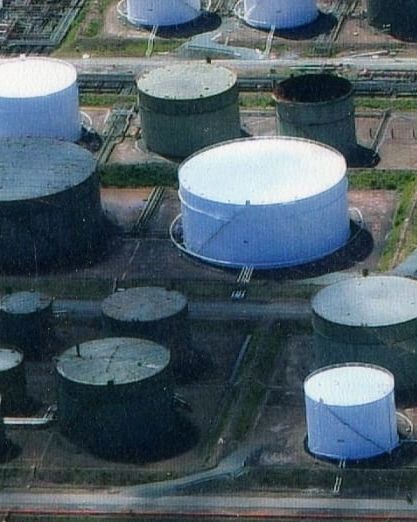
Safer and more cost-efficient flare (oil and gas) inspections
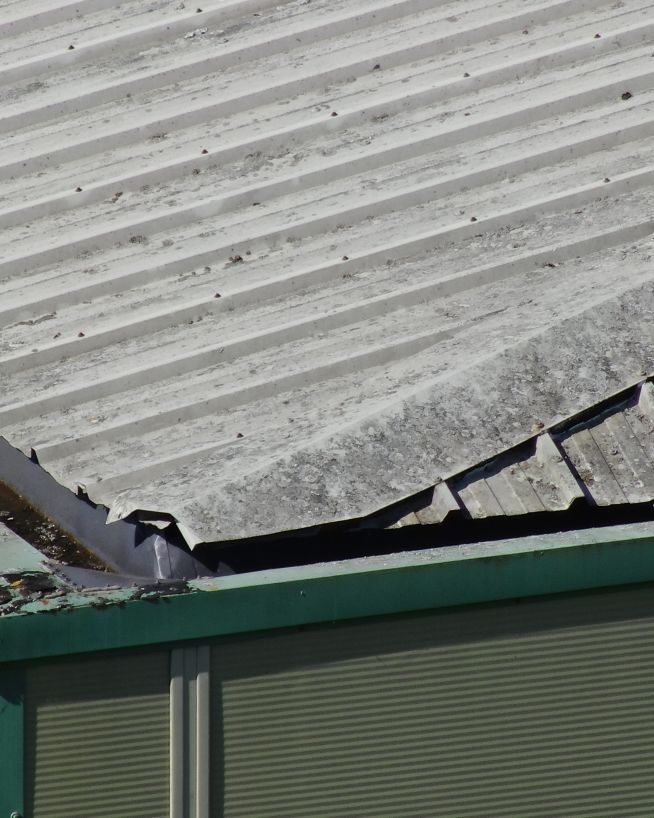
Clearer, faster results without the risks
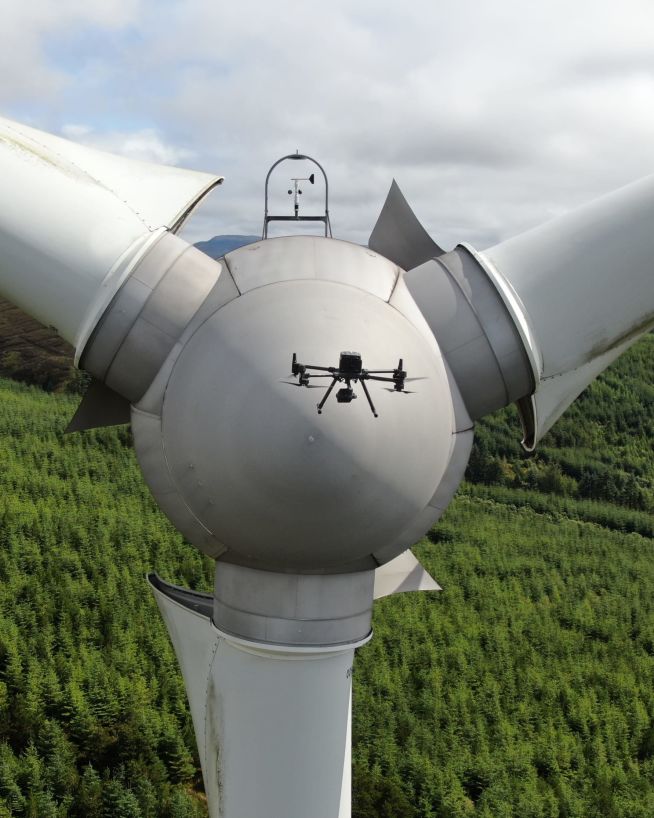
Inspect and maintain energy assets without risk or downtime
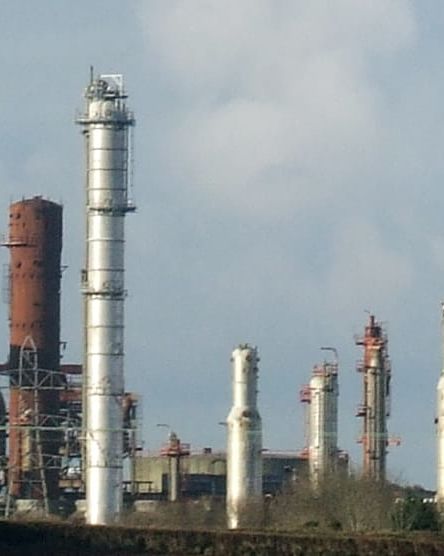
Actionable data from a safe distance, with less downtime
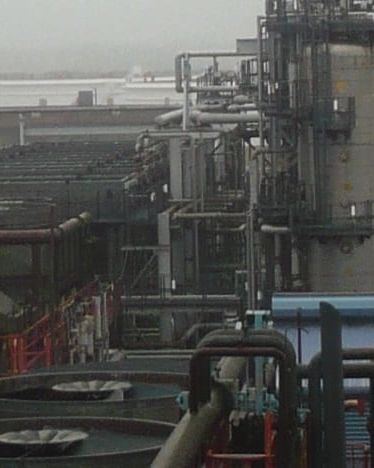
Keep production running while collecting instant critical data
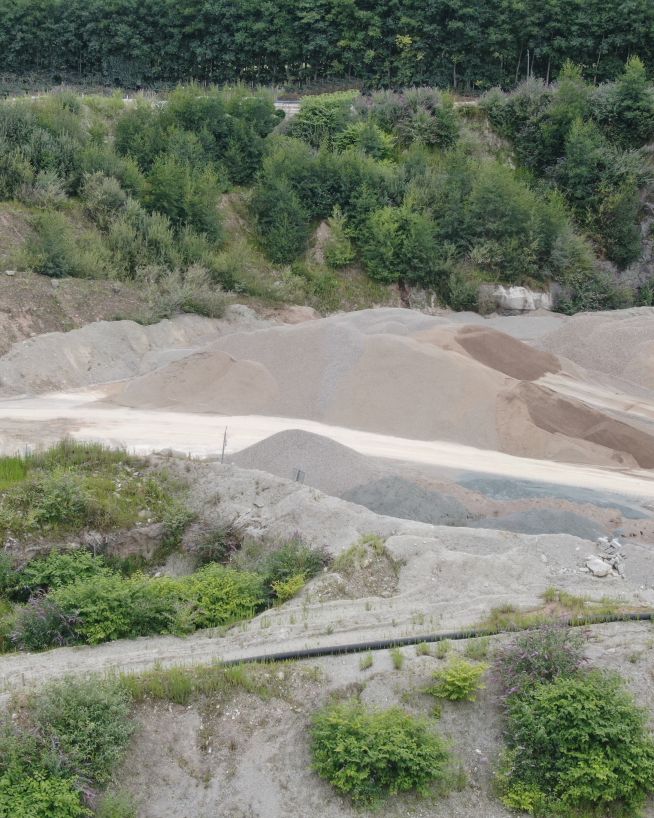
Monitor status and progress without downtime
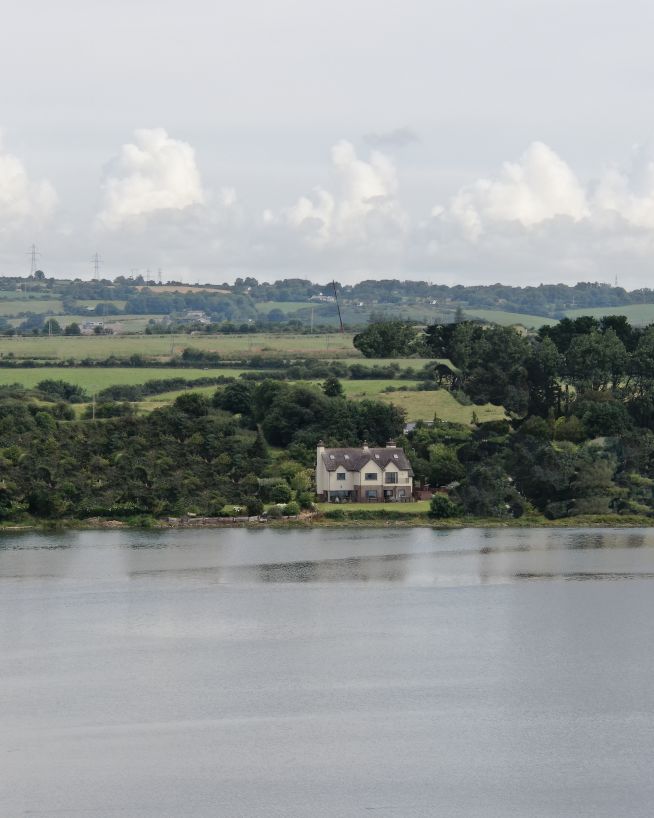
Add "Wow Factor" to residential and commercial property listings
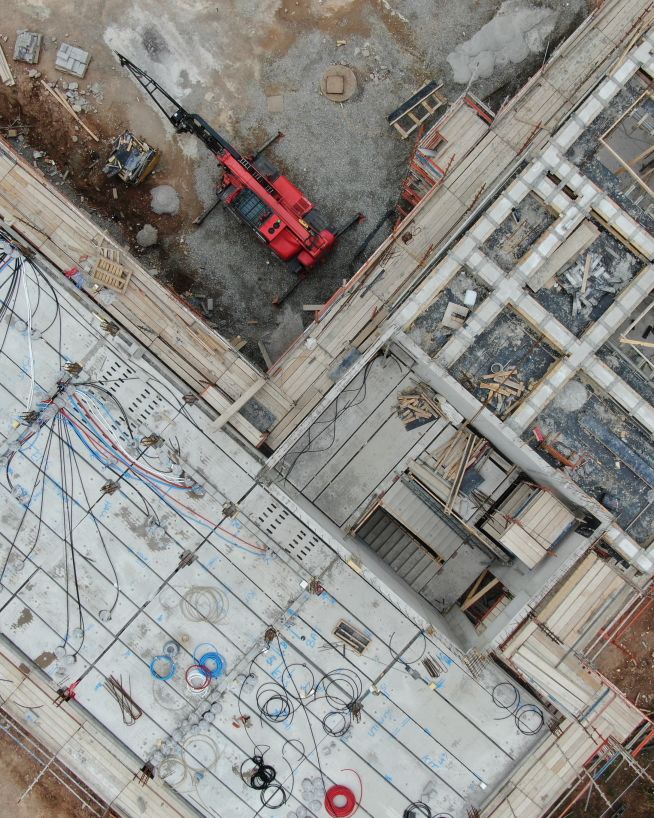
Instant, actionable data with no downtime
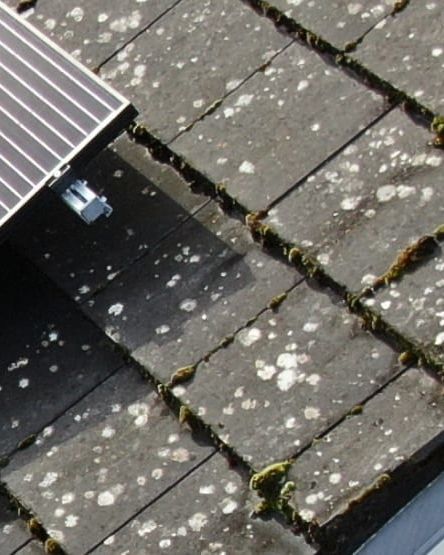
Ensure solar panel efficiency from precise data collection
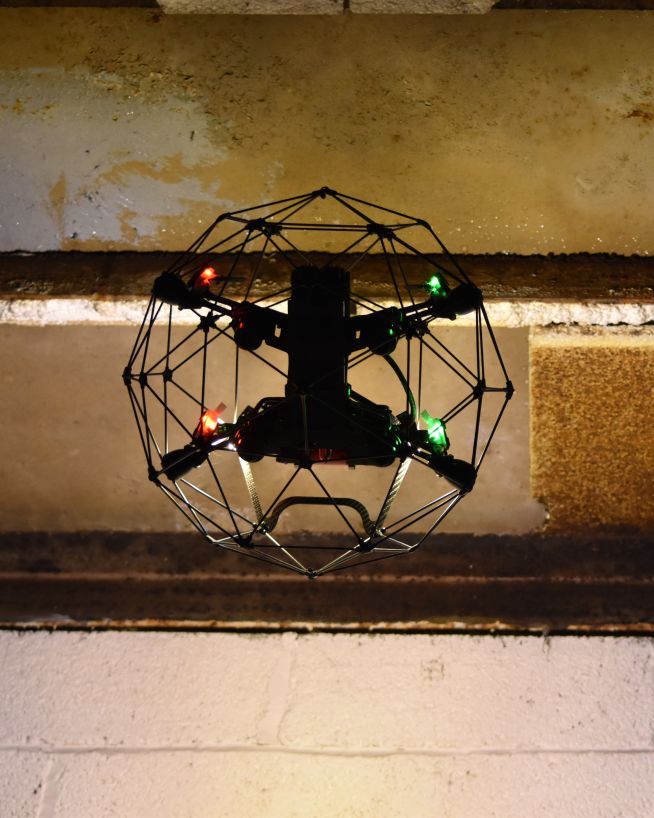
Eliminate safety concerns, save costs and reduce downtime
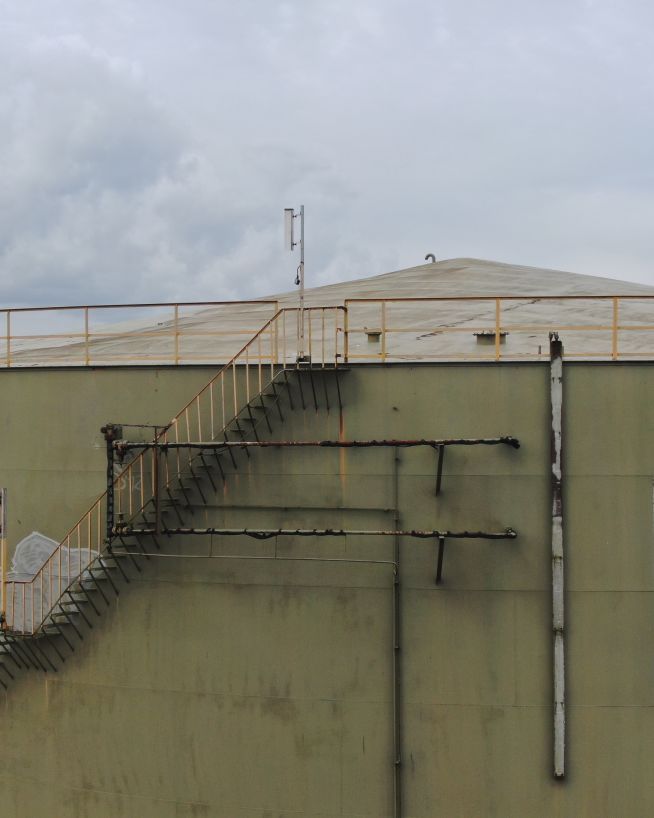
Get fast, usable data from a safe distance
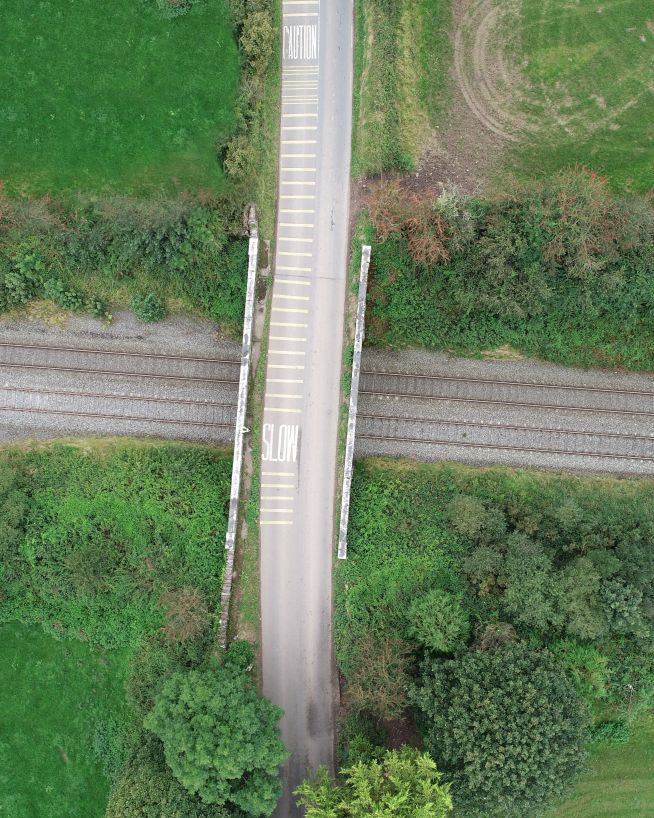
Eliminates downtime and safety concerns, at a fraction of the cost
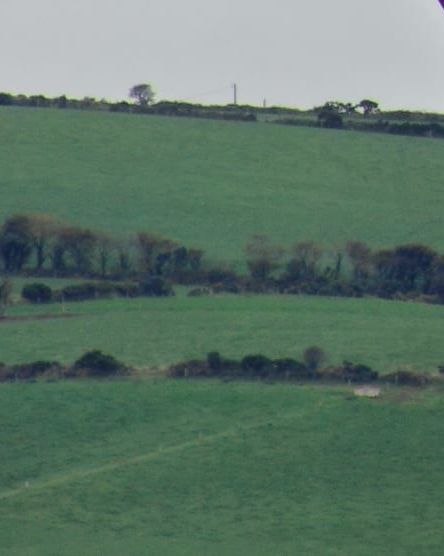
Critical, pinpoint details with none of the risk
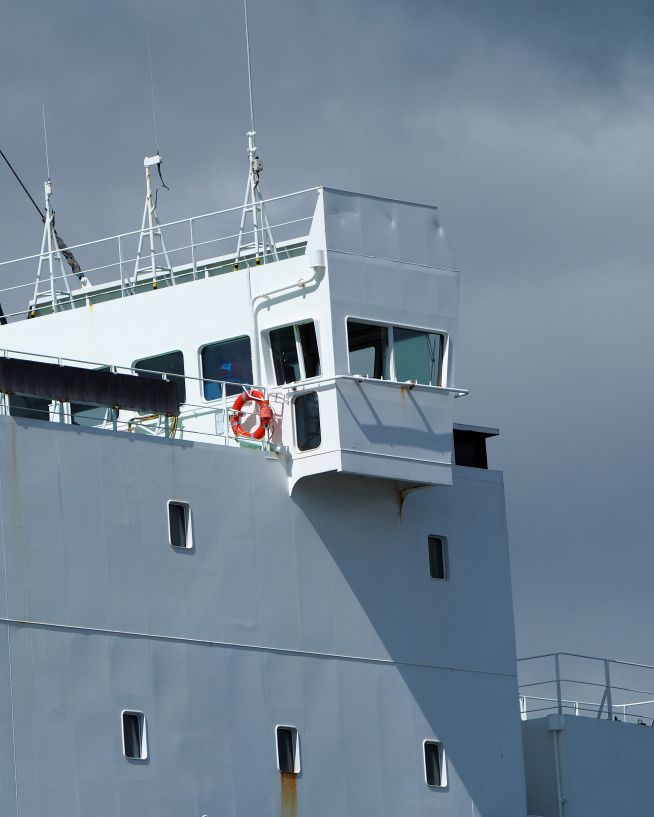
Safe, precise and instant reports on vessels and infrastructure
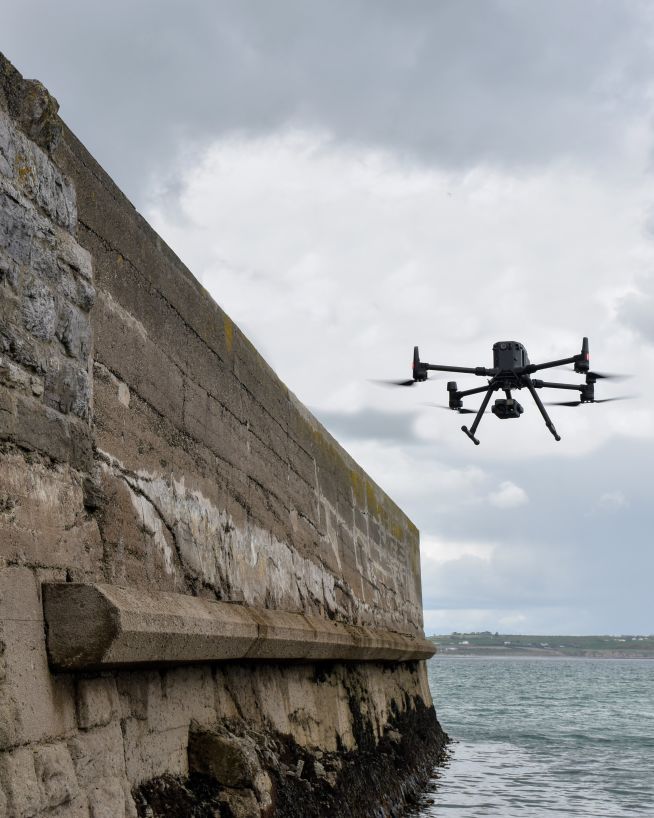
Monitor coastal assets safely and with more precision
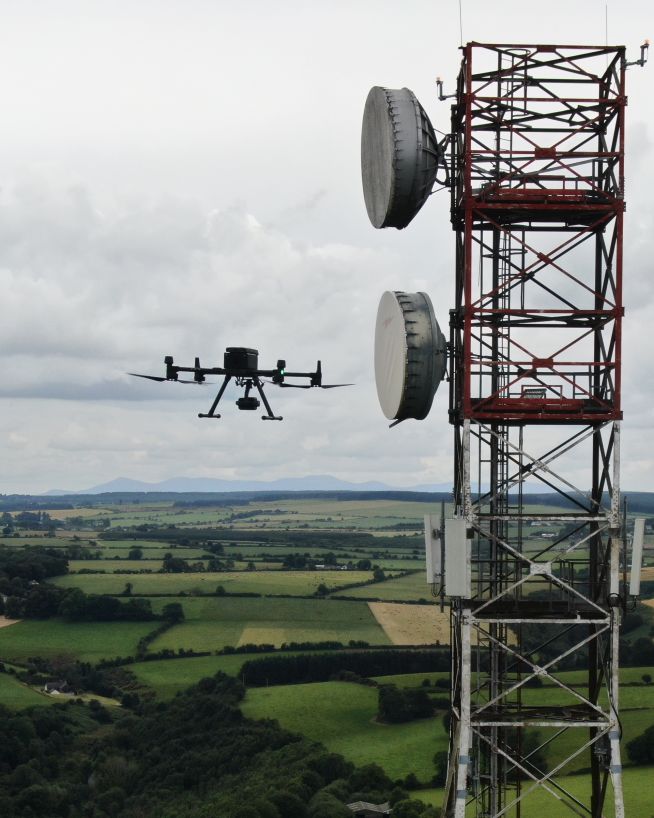
Instantly view complex structures, keeping risks to a minimum

Faster, cheaper and more accurate analysis of land
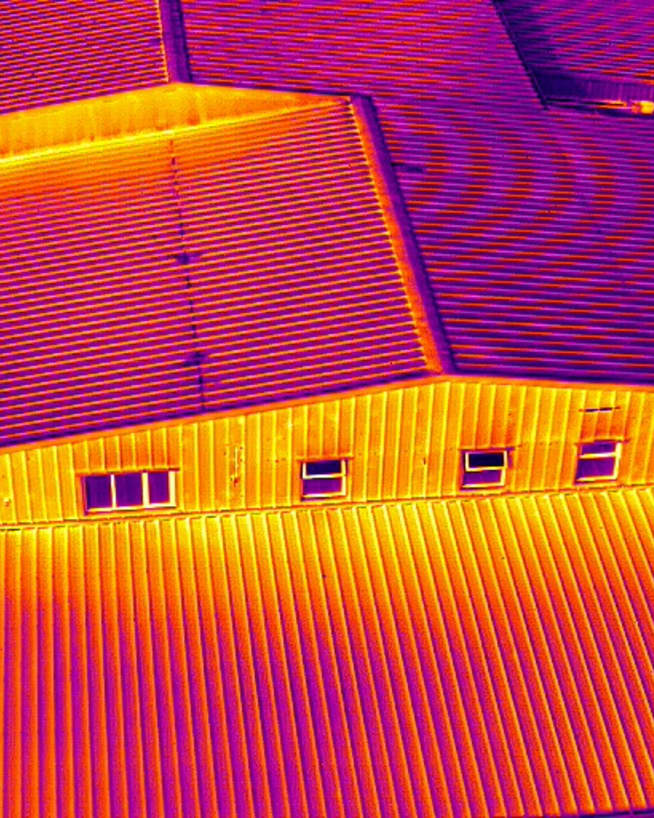
Record and document reliable visuals without safety concerns

Safer, more precise data collection at a fraction of the cost
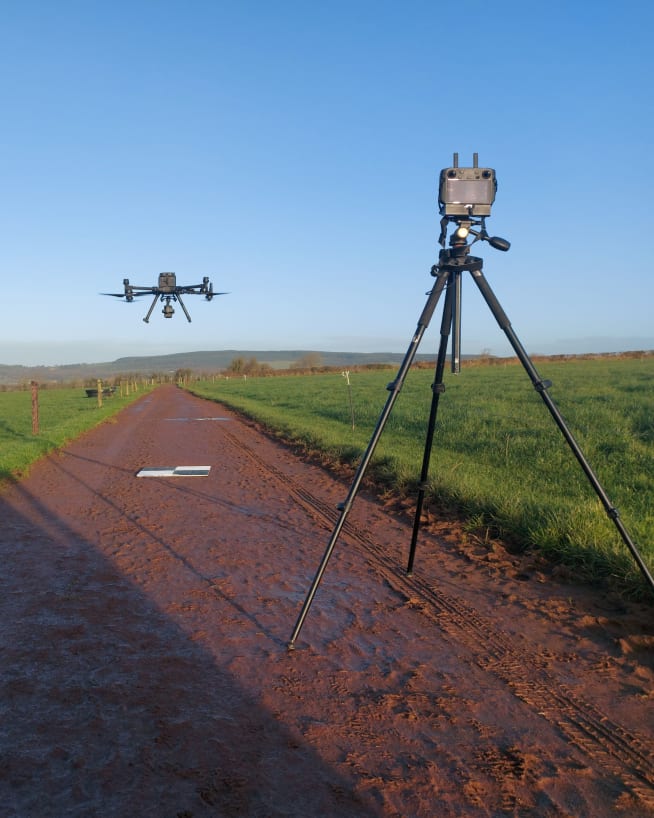
Accurate and efficient analysis of crops and land
Drone-based thermal imaging is a technology that utilizes unmanned aerial vehicles (UAVs) equipped with thermal cameras to capture high-resolution thermal images of various objects or areas. This technology allows for the detection and measurement of temperature variations in a scene, enabling the identification of heat signatures of objects and their surroundings.
Drone-based thermal imaging can be used in a variety of applications, including search and rescue operations, inspection of power lines, pipelines, and other infrastructure, monitoring of wildlife, and identifying energy inefficiencies in buildings. The technology can detect temperature differences as small as 0.1°C, making it a valuable tool for detecting hotspots and identifying potential hazards.
In operation, the drone is flown over the area of interest, capturing thermal images of the scene. The images are then processed using specialized software that converts the temperature data into visible images that can be analyzed and interpreted. The resulting images can show temperature variations in a range of colors, with red and yellow indicating hot spots, and blue and green indicating cooler areas.
Overall, drone-based thermal imaging is a powerful technology that provides accurate, non-invasive, and efficient data for various applications. Its ability to provide high-resolution thermal imagery from a safe distance makes it a valuable tool for numerous industries and professionals. More about thermal imaging...
UHD or Ultra High Definition signifies that a camera's resolution is 3840x2160 pixels. This is exactly four time higher than high definition cameras (1920x1080 pixels), and so UHD is often also know as 4K. More about drone photography...